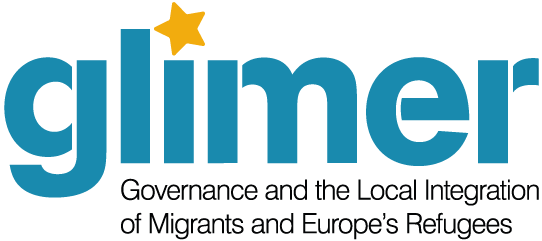“When you become a city that has to give hospitality to the experiences of trauma and torture, and become a world city – not one that has sent people out as traumatised bodies as happened from the clearances and the poverty of the 1930s in Glasgow – but actually starts to receive that back in the early 20th Century, then your narrative as a city has to change, and change is always a really tricky process.”
migration
Game of labels: identification of highly skilled migrants
When migrants move abroad and start their life in a different location, they may keep their loyalties and links to their place of origin and combine them with newly built connections to their new location.
Rethinking transnationalism and temporary labour migration
Transnationalism is a fundamentally agentic concept. Emerging as a critique to methodological nationalism, it emphasises processes that occur between, beyond – and often in defiance of – the boundaries of the ‘nation state’.
Refugee integration, gender equality and femonationlism in Sweden
It is well-known that the work-care balance for women and men varies between societies. Daly and Rake (2003) have described Sweden as a country with a ‘big state’ and a ‘small family’, which means that the state takes on an extensive role in providing care, while both women and men are expected to enter the labour market.
Refugee women and children in refugee-led homes during COVID-19
COVID-19 has not affected all communities equally, and within the United States, racial and ethnic minority groups have been disproportionately affected by the virus. Reports indicate that immigrants and refugees, who constitute a large portion of the minority frontline workforce in healthcare, agriculture, and food supply chain industry, are at a higher risk of exposure to the virus.
Despite migration restrictions after the ‘refugee crisis’, Sweden’s integration policies are still favourable
Sayaka Osamani Törngren and Henrik Emilsson (of the GLIMER project’s Sweden team) have published a second national report on Sweden as part of the National Integration Evaluation Mechanism (NIEM) project. NIEM is a six-years long, transnational project supporting key actors in the integration field to improve the integration outcomes of beneficiaries of international protection.
